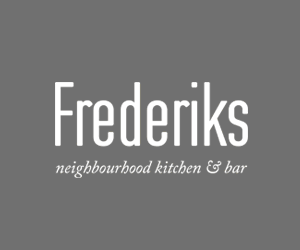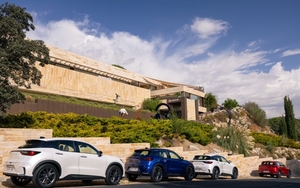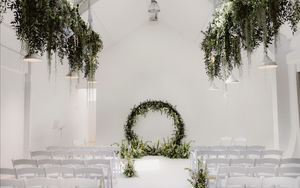Neil Sowerby ventures in the North East footsteps of Byron, Bede and the Bishop Princes
IN Benjamin Myers’ acclaimed novel Cuddy stonemason Francis Rolfe takes the archer’s wife he precariously loves to the top of Durham Cathedral’s Central Tower, the conflict-torn medieval landscape spread out before them.
As Byron and Annabella sped off on their unhappy honeymoon they were serenaded with an exotic sword dance from ‘fantastically dressed’ colliers
It is the Year of Our Lord 1346 and skilled craftsmen such as Rolfe have been toiling on this vast ‘prayer in stone’ for a couple of centuries. Below in its dark, incense-wreathed interior lies the tomb of St Cuthbert. A place of pilgrimage, as it is to this day.
After the Vikings had sacked Lindisfarne in 793 fellow monks had salvaged the coffin of their beloved ‘Cuddy’ and carried it across the north for many long years. Until they were led to this spectacular bluff above the River Wear, where a cathedral and city would be founded. The ‘rest is history’ has rarely seemed so vivid.

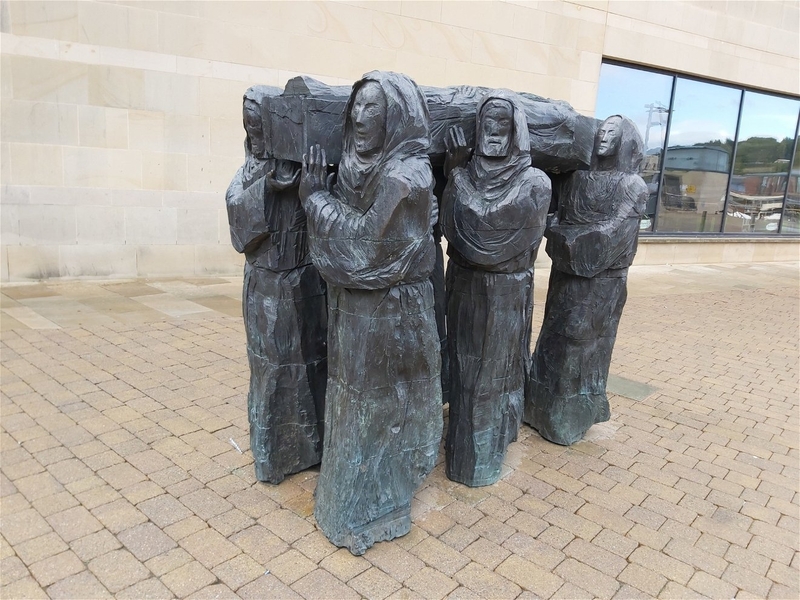
In 2024 tackling the 325 spiral steps to the same tower’s summit left us breathless and so too did inspecting the many treasures piled around what Bill Bryson has described as “the best cathedral on Planet Earth”. To feel the power of our history there are few places to match Durham and its hinterland.
Our three night stay took us to Bishop Auckland and its Castle, former seat of the Bishop Princes, now the site of the remarkable Auckland Project regeneration programme that encompasses the art of both the Spanish Golden Age and miners, and ranges from piety to paella and much more.
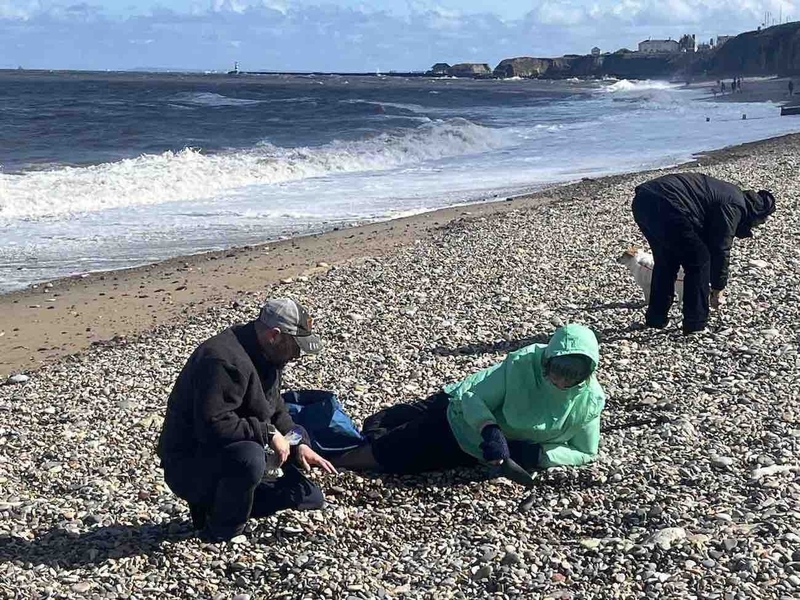
Then on we travelled to the Heritage Coast, once a different kind of fiefdom, its mines supplying the wealth to build the likes of Seaham Hall. The Milbankes ruled here and in 1815 the rake/poet Lord Byron, who lived up to his tag of “mad, bad and dangerous to know”, married into the family after arranging special dispensation for a ceremony in the upstairs drawing room.
As Byron and his wife Annabella sped off on their unhappy honeymoon they were serenaded with an exotic sword dance from ‘fantastically dressed’ colliers. Equally bizarre, during our stay in what is now a five star spa hotel, we found locals trowelling the shingle for sea glass on wind-blasted Seaham Beach. The only kind of mining left hereabouts, though the ghosts linger.
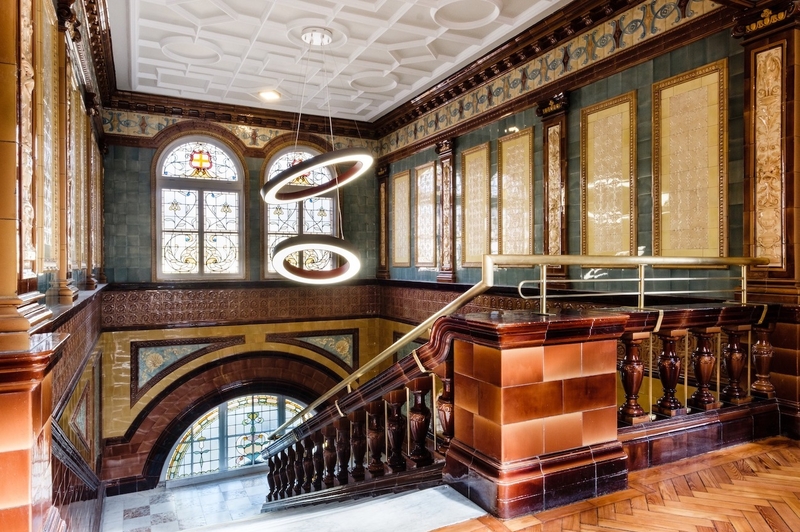
Durham city – town, gown and a real buzz
But let’s begin our Durham Grand Tour back in the city itself, where our base, a 10 minute walk from the old centre, is a splendid edifice in its own right. The Hotel Indigo opened six years ago, a £15 million conversion of the mighty redbrick Old Shire Hall into an 83-room modern lodging, retaining many of its Victorian and Edwardian features. Marble, stained glass and dark panelling in abundance. The circular former council chamber is now home to a Marco Pierre White Steakhouse and Grill (where at breakfast I kicked off my kipper-a-day homage to the North East).

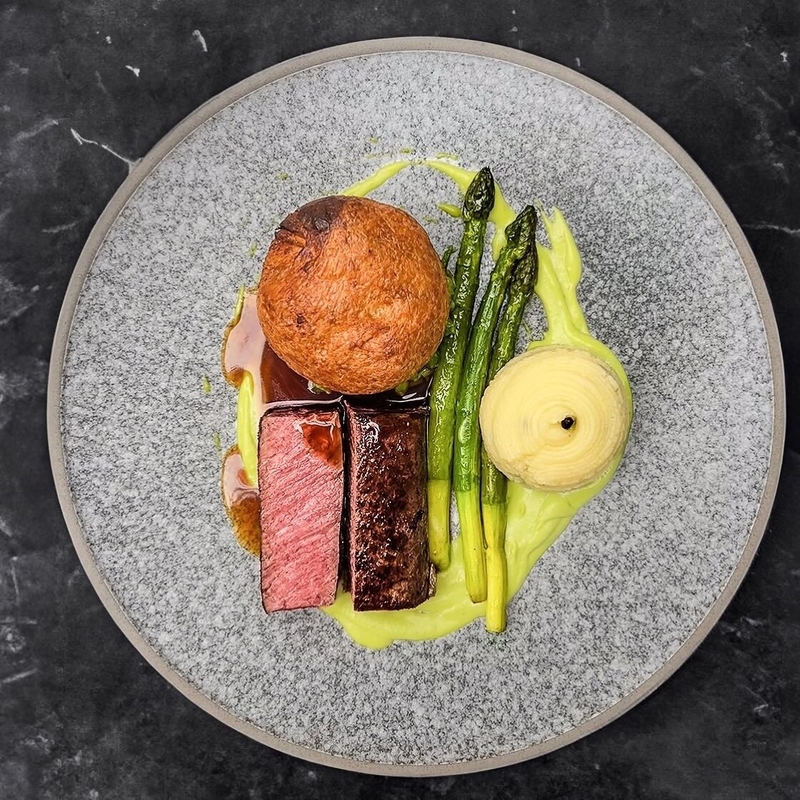
We dined, though, at another Durham institution. City centre tasting menu-based newcomers Coarse and Faru may be flavour of the month, but The Cellar Door remains a huge favourite. It’s the kind of cheery warren students take their visiting parents to. So easy to miss the discreet entrance on Saddler Street as it climbs from the Market Place to the Cathedral Close. Take care on the steep steps that descend to a converted 13th century cellar. Tables are on two floors. Ours had a sash window view across the terrace to the river below. Exuberant wallpaper softened the bare stone backdrop.
A large menu featured several dishes that seemed over-ambitious. My chosen Beef Wellington wasn’t that, just classically put together. Like my wife’s lamb loin main, it showcased gloriously sourced North-East meat. An interesting wine list and warm service too in a hideaway well worth seeking out.

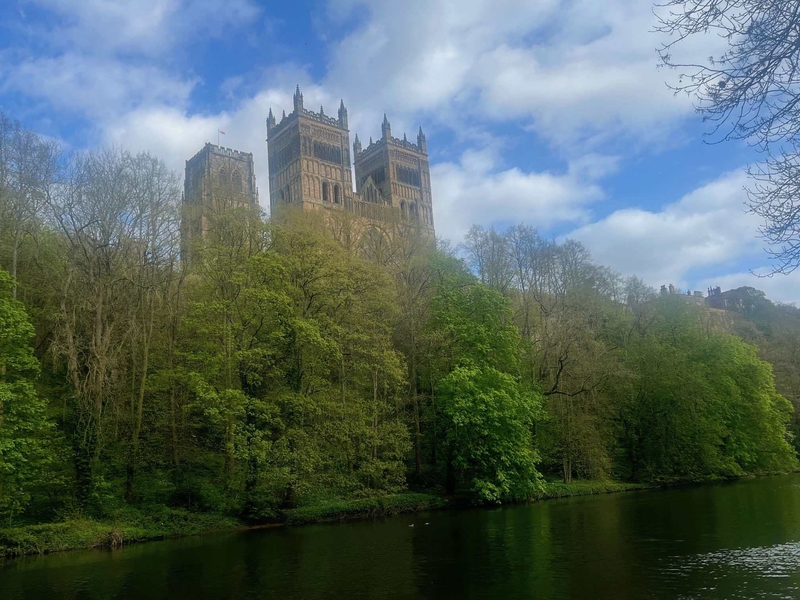
As you’d expect of a tourist and student city, Durham is teeming with casual dining options. We lunched at the latest addition to the Rudy’s Pizza portfolio, spawned in Manchester. For a pre-prandial, unable to squeeze into the city’s eight-capacity Tin of Sardines bar on Elvet Bridge for a speciality gin, we crossed the river to one of the UK’s best craft beer bars, the Holy GrAle on Crossgate which also hosts indie gigs. Unmissable. From there we walked the river circuit, the air heavy with in-season wild garlic, high above us the almost supernatural spectre of the Cathedral on its crag.
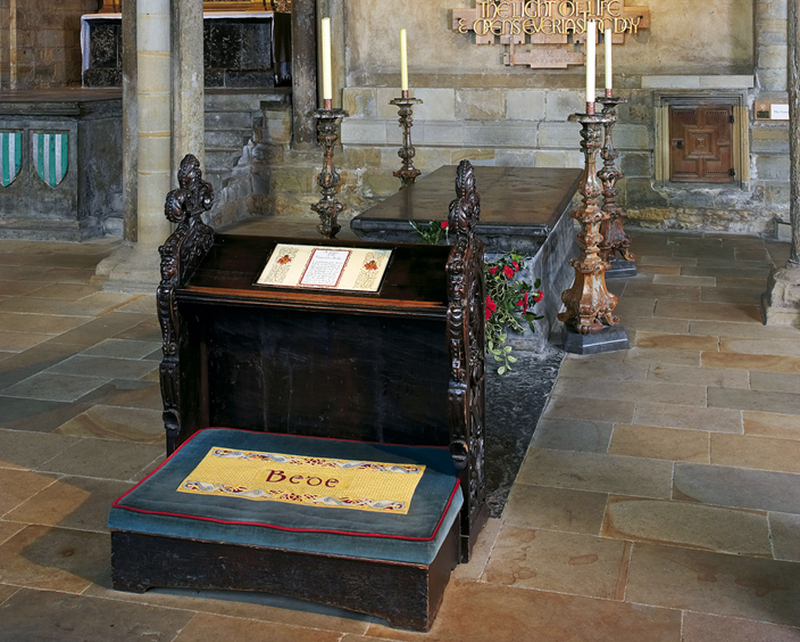

Entering the holy realm of Cuthbert, Bede… and Harry Potter
Saint Cuthbert is not the only legendary North East monk commemorated in Durham Cathedral. The bones of Anglo-Saxon scholar The Venerable Bede, are entombed in the Galilee Chapel. They’ve been there since 1370. Previously he shared Cuthbert’s last resting place. I like Bede’s plain black stone memorial in the chapel, whose interlaced arches echo the Great Mosque in Cordoba.

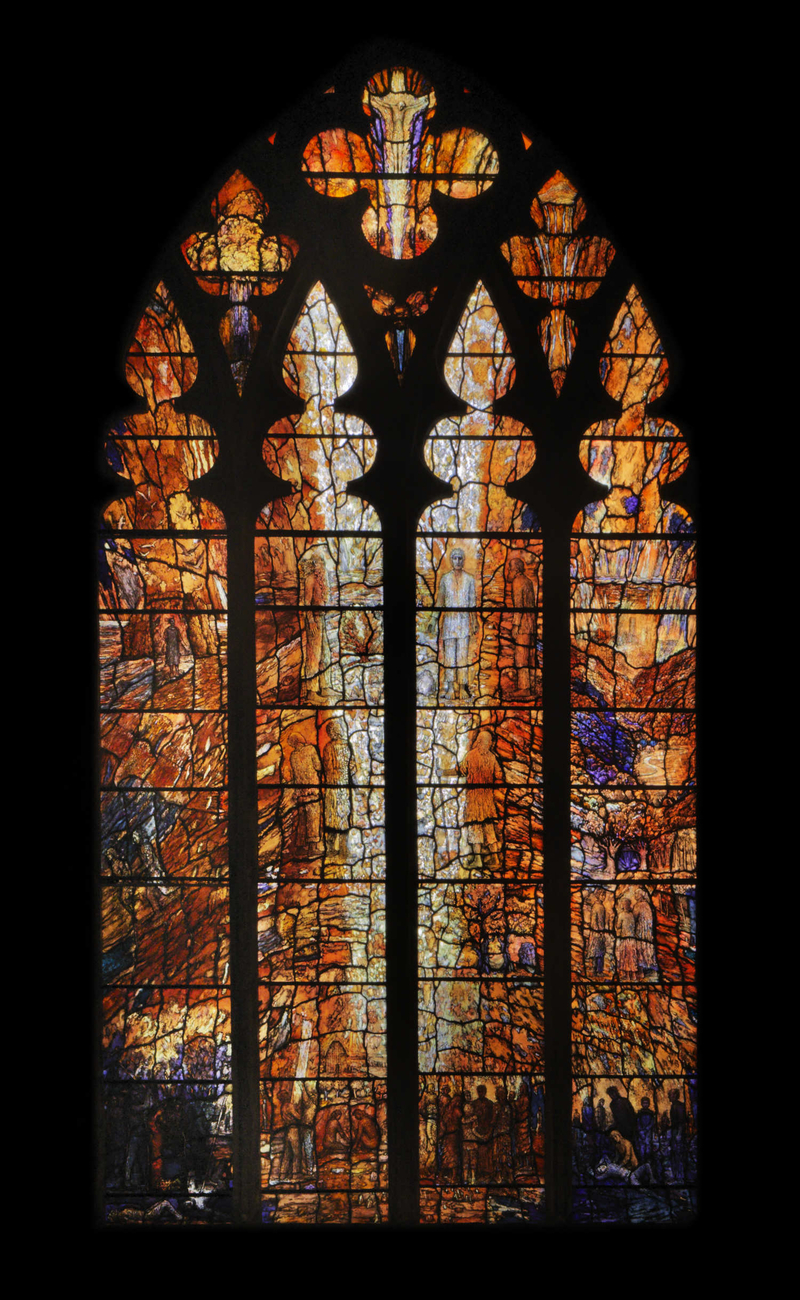
The Feretory setting for St Cuthbert’s reliquary is more shrine-like. Above the stone marked ‘CVTHBERTUS’ is a gilded canopy showing Christ surrounded by symbols of the four Evangelists. Just outside, below the great Rose Window, is a painting of St Margaret of Scotland and her son by Paula Rego, but the true contemporary masterpiece here is in glowing stained glass, Tom Denny’s exquisite Transfiguration Window. It features a pilgrimage through a forested vale towards the Cathedral; St Cuthbert is shown praying on the island of Inner Farne. An eagle, associated with his hermit years, is nearby.

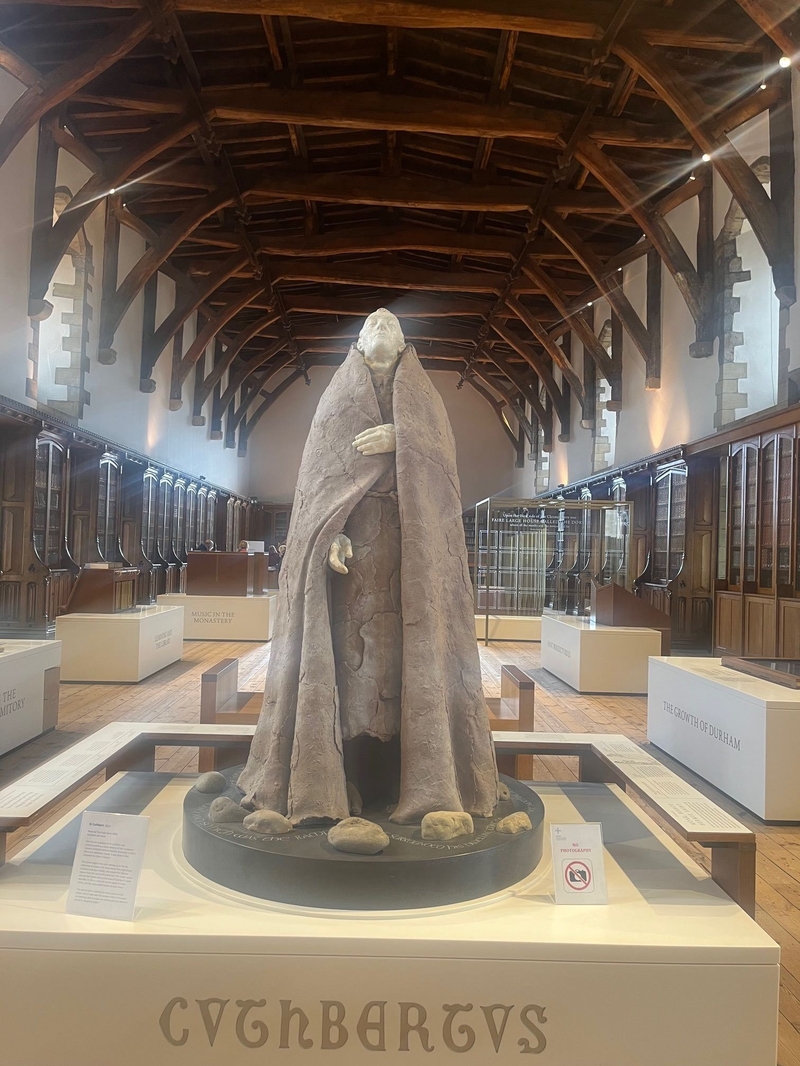
The relics known as the ‘Treasures of St Cuthbert’, though, are in another part of the great building, appropriately in the former medieval monastery. The Cathedral Museum consists of three rooms, culminating in the octagonal Great Kitchen, which houses fragments of the original oak coffin pieced together, vestments, a comb, even a portable altar. The shining light, though, is the Saint’s Pectoral Cross. Pectoral means “on the chest”, so it may have been tucked into Cuthbert’s robes and missed when the shrine was first ransacked during the Dissolution of the Monasteries. Made of gold, set with small pieces of garnet and shell, this was probably buried with him when he died in 687. It is a small wonder.
Most of these objects were amassed when the tomb was opened up again in 1827. There is much else to fascinate in the Museum, whose main room dating back to 1404 was the Monks Dormitory. Gaze up at the original oak roof. Below is a collection of early Christian stonework. Faith was still fluid – the purpose of Anglo-Viking hogback grave markers was to protect the graves of those on the way to Valhalla.
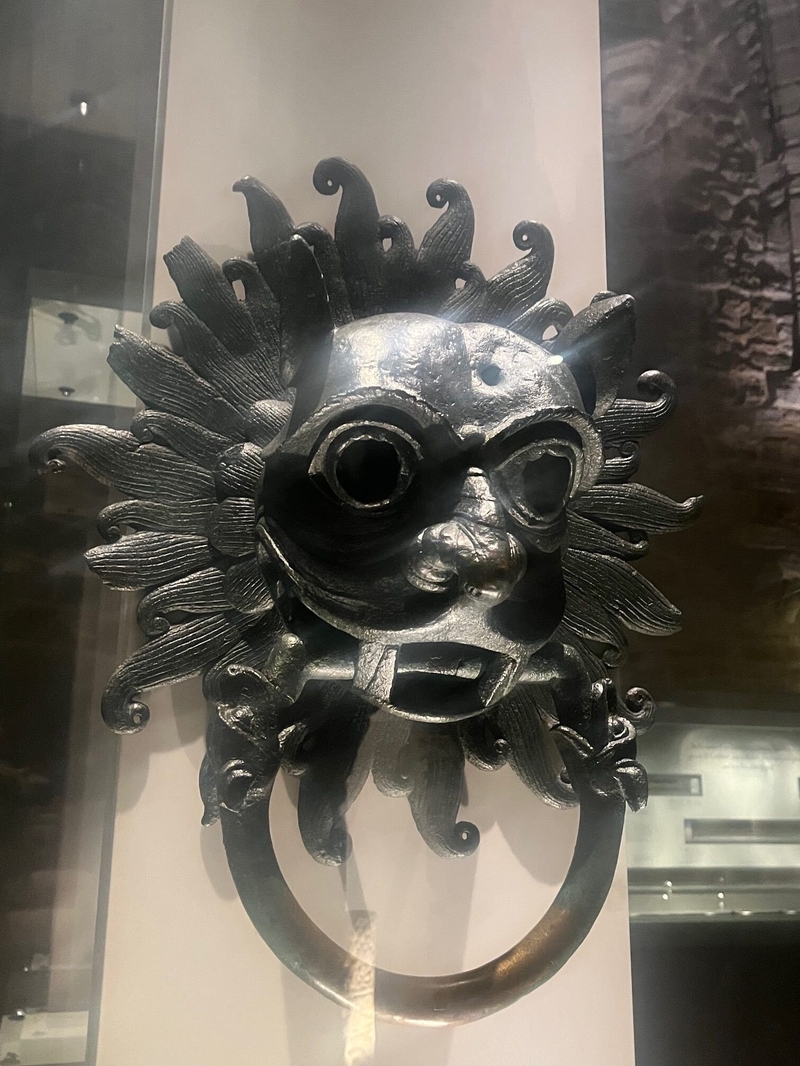

My favourite exhibit here is The Sanctuary Ring. This 30kg bronze ‘knocker’ was a fixture in the Cathedral’s North Door from the 1100s, but was replaced in 1980 by a replica. The scary original is based on a medieval ‘Hellmouth’ image, designed to frighten away evil, and shows the head of a lion eating a man. The man’s legs hang out of the lion’s mouth and a double-headed snake bites his feet, forming the handle.
It was never an actual knocking device. Until 1640, when sanctuary was abolished, a fugitive could cling to it and a monk would open up and ring a bell confirming safe haven for up to 37 days.
Not to be outdone is the Conyers Falchion, the sword said to have been used to slay the fearsome dragon know as the Sockburn Worm. The guard is decorated with winged biting serpents with interlaced bodies and tails. The pommel bears the Arms of England (three lions) in red enamel, and a black eagle, both displayed on a shield and surrounded by scrolled ornament. It is traditionally presented to each new Bishop of Durham.
It all sounds very Harry Potter, which used the Cathedral Chapter House and bat-haunted cloisters for film locations, still a magnet for fans. We got to see the inkwell, carved with wyverns and owls, which sits on Professor McGonagall’s desk in the first film, Harry Potter and the Philosopher’s Stone. Previously it been used by clerks in the Cathedral office.
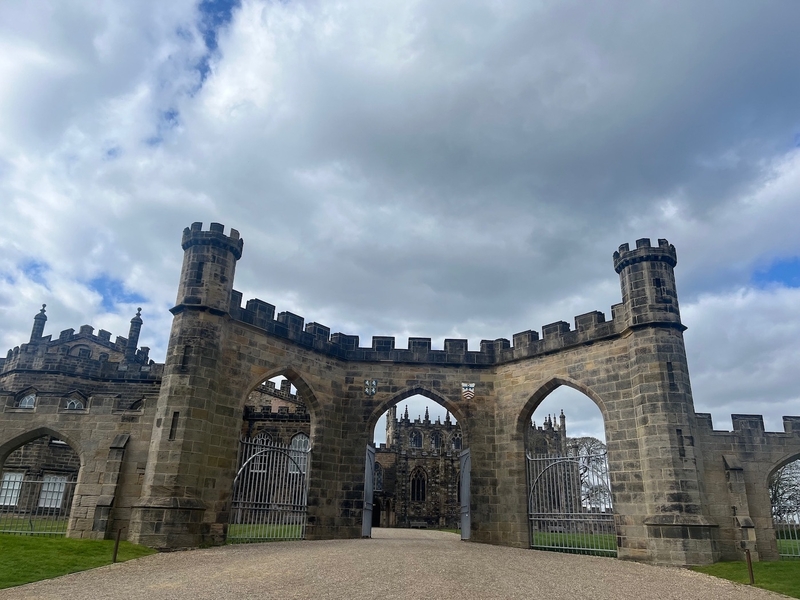

The Binchester Ring, El Greco and the 12 Tribes of Israel
If the Pectoral Cross was a tiny, holy marvel, so too was the Binchester Ring we encountered in Bishop Auckland 12 miles to the south. En route down the A688 it’s an easy detour to the ruins of Binchester Roman Fort, dubbed the Pompeii of the North. During excavations a decade ago a tiny, silver signet ring was discovered. It is inset with an intaglio which shows two fish flanking an anchor. These are Christian symbols which were used up until the third century, so the ring is one of the earliest such artefacts found in Britain. With it fellow believers could network discreetly amid pagan hostility.

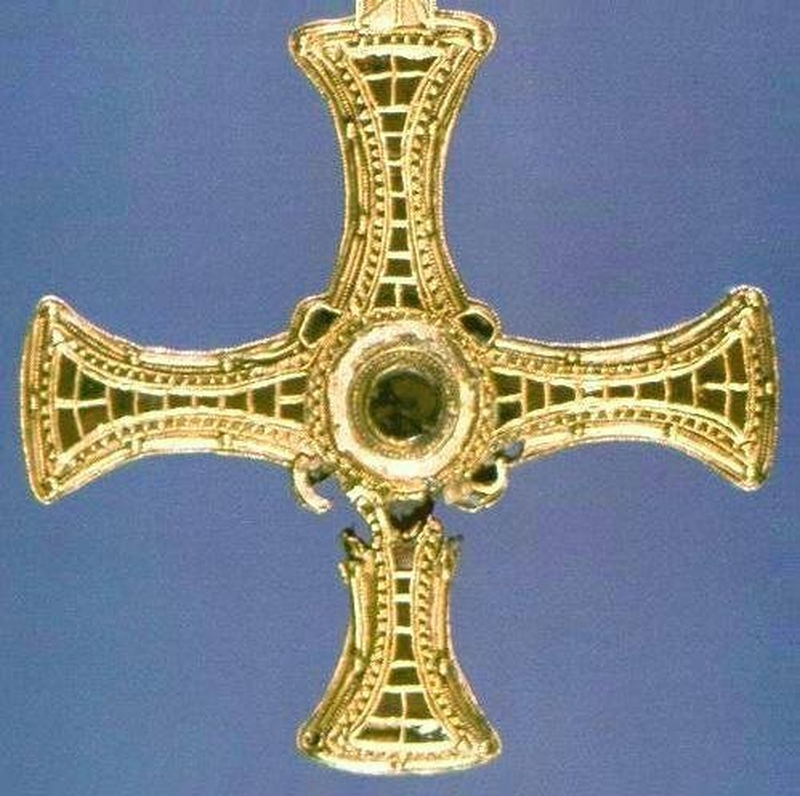
It is on display in the Faith Museum, latest addition to the Auckland Project, ongoing regeneration scheme centred on the Castle, through a charity set up by millionaire financier Jonathan Ruffer. Opened 18 months ago, the immersive Faith Museum aims to examine 6,000 years of British history through the lens of belief. Extending into a custom-made homage to a medieval tithe barn, it succeeds triumphantly. The intricate narrative voyage culminates in a dazzling sound and video installation about suffering, martyrdom and faith by ‘Young British Artists’ stalwart Mat Collishaw. But it is that ring that resonates.
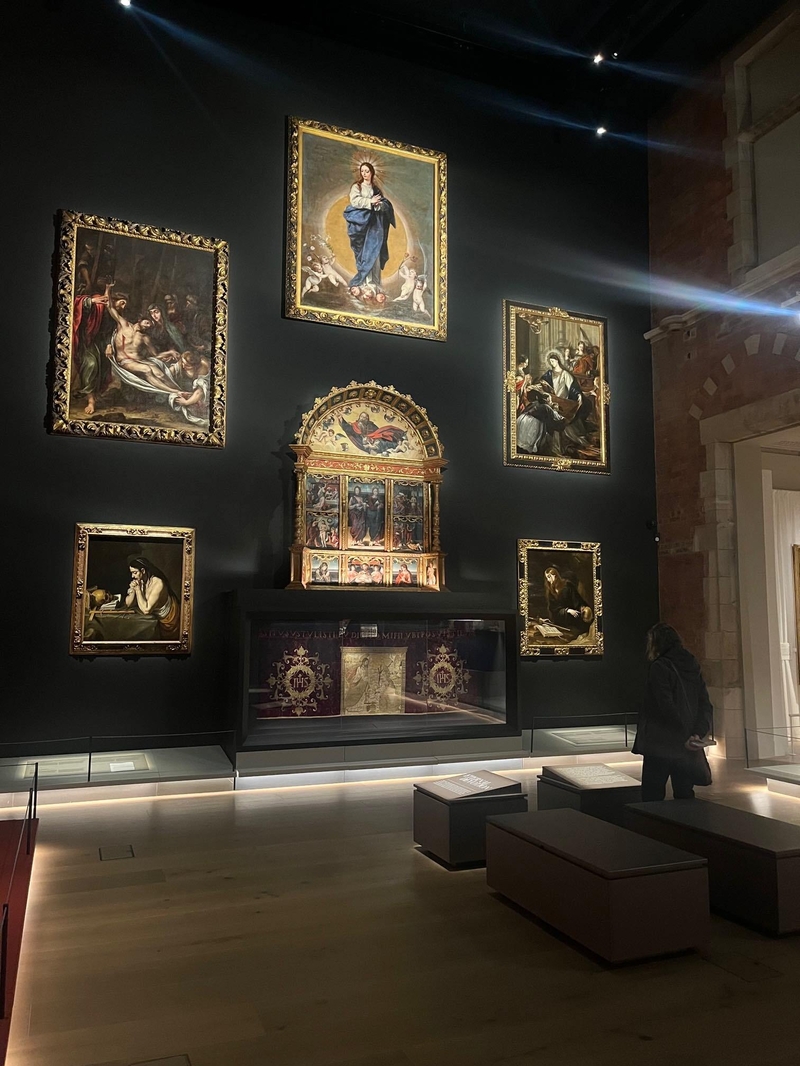
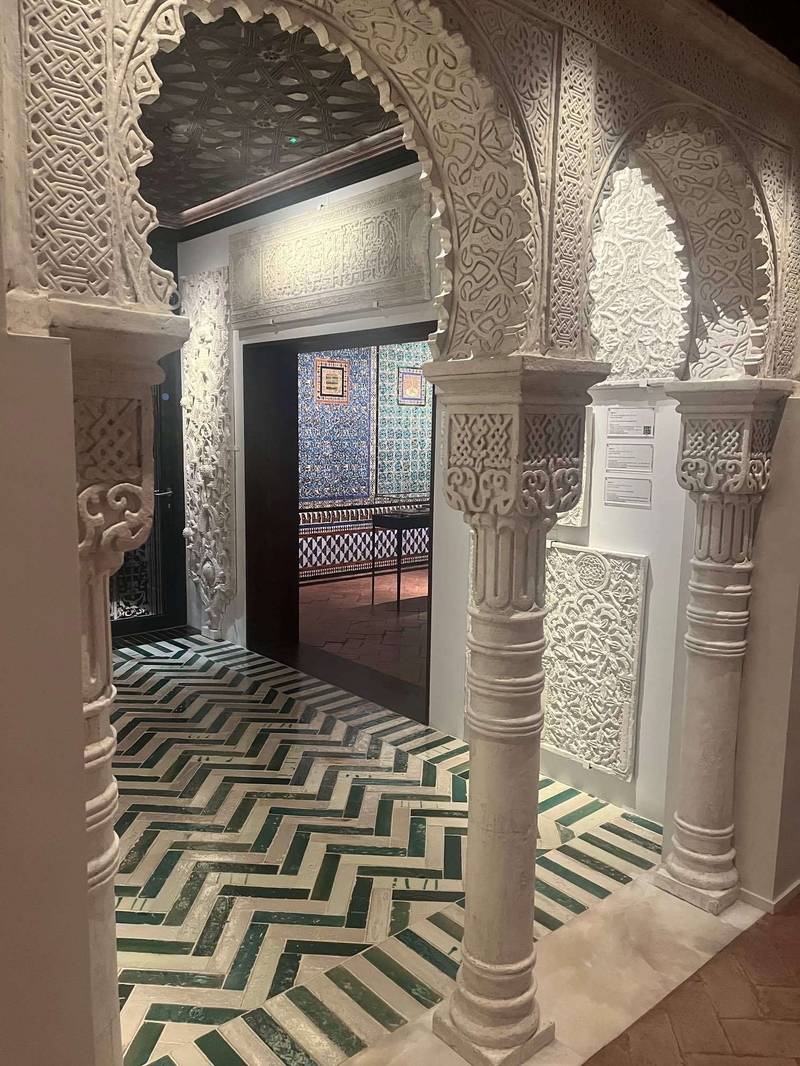

By the time of the Siglo de Oro, Spain’s 16th century Golden Age, Catholicism was at its high water mark with an art that mirrored it. Jonathan Ruffer’s passion for that period is the wellspring of The Spanish Gallery (admission £12.50) he has created on Market Place. Works by El Greco, Murillo, Zurbarán, Velázquez and more minor figures are accompanied by Ruffer’s erudite notes. Don’t miss the top floor, home to the ‘In Ictu Oculi’ installation, which recreates spaces, tiles and architectural motifs of that epoch. Find a taste of contemporary Spain at the neighbouring El Castillo tapas bar, which serves a mean paella.
It was the potential purchase of a set of Francisco de Zurbarán Old Masters in the Grade 1 listed Castle (or Bishops Palace) that drew Ruffer to the moribund Grade I listed pile once the base for medieval power brokers the Prince Bishops, and he ended up buying the whole estate, including a vast deer park (spoiler alert, it’s free to walk in alongside the meandering Wear, but no deer).
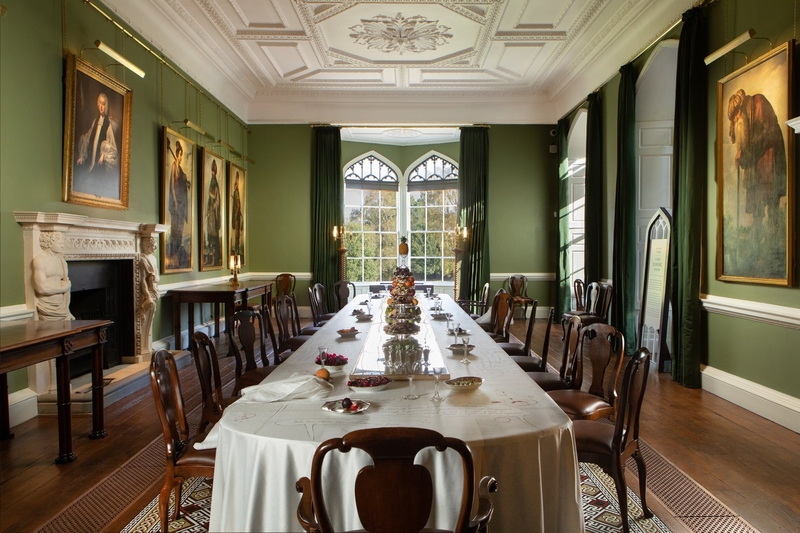
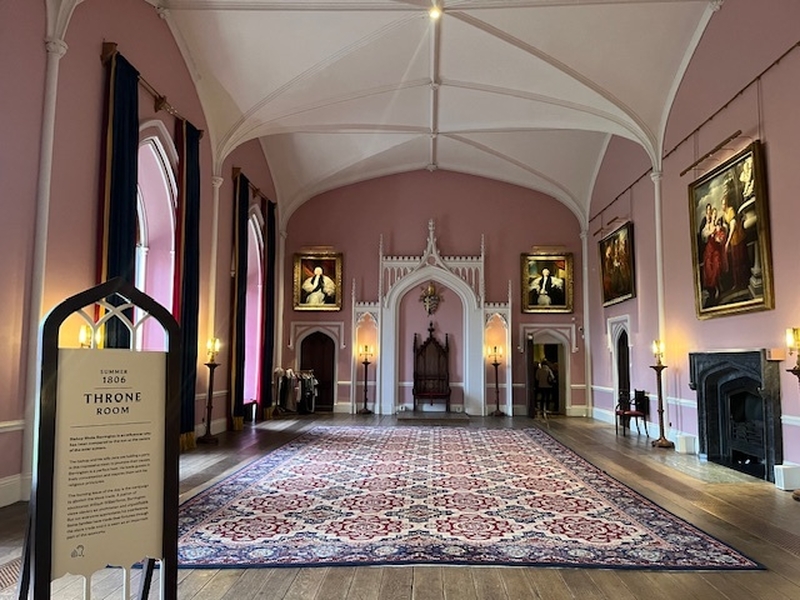
Those Zurbarán canvasses represent Jacob and his 12 Sons, aka the 12 Tribes of Israel. Lining the atmospheric Long Dining Room, they are my highlight of a tour around the sensitively restored Castle (also known as the Bishop’s Palace) with its series of state rooms fashioned by James Watt in the 1790s. Walk back through the main gates and you face Ruffer’s 21st contribution – the concrete Auckland Tower. This 15m high viewing platform is inspired by a medieval siege tower. Nearby is the lower-key Miner’s Art Museum, reflecting the area’s major industry.
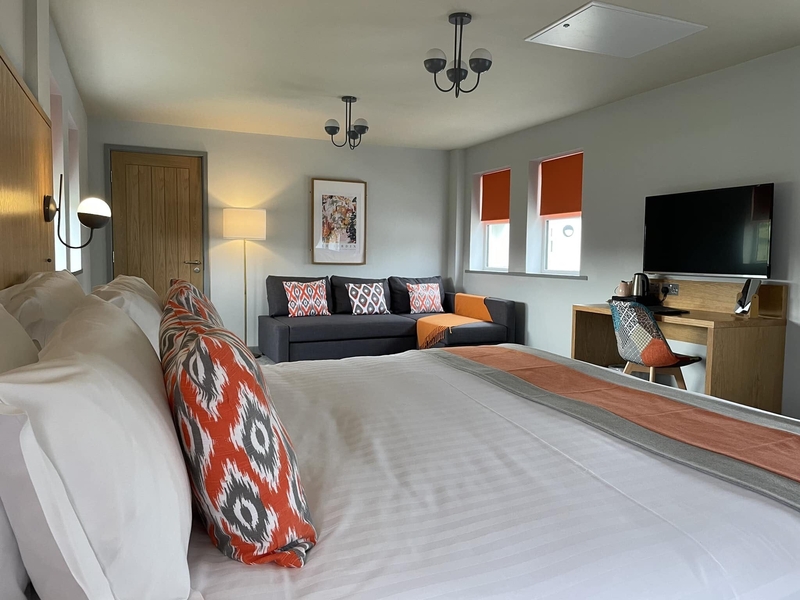
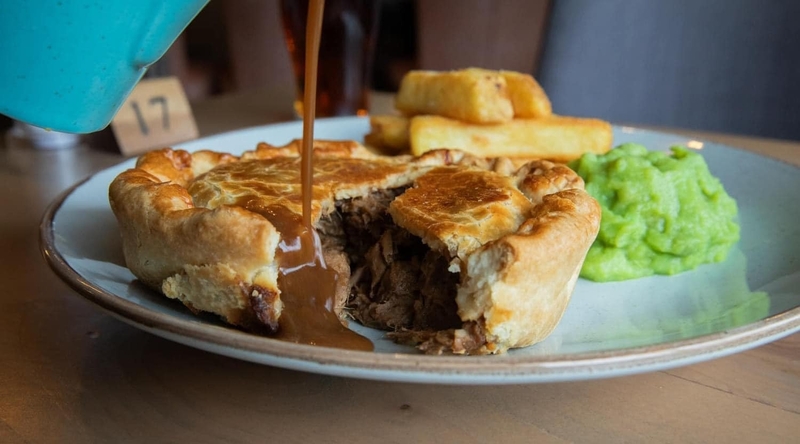
On-site holiday cottages are also coming on steam; we stayed in the Project’s own hotel on the edge of British Auckland. Park Head is a bright, affordable motel-like operation with a super hospitable welcome and surprisingly good food in its Oak Room Restaurant, using produce from the estate’s walled garden.


Lord Byron, seafront Tommy and the alien allure of Blast Beach
Seaham Hall is a very different hotel destination, combining a colourful history with the acclaimed Serenity Spa. At the end of 2023 that won the new AA Best UK Spa Award. Previous accolades have included Spa of the Year (Western Europe & Scandinavia) 2022 at the World Spa and Wellness Awards and Spa Team of the Year 2022 at The Boutique Hotelier Awards. Yet for such a luxury lair it shares the warmth of welcome we found everywhere in Durham.

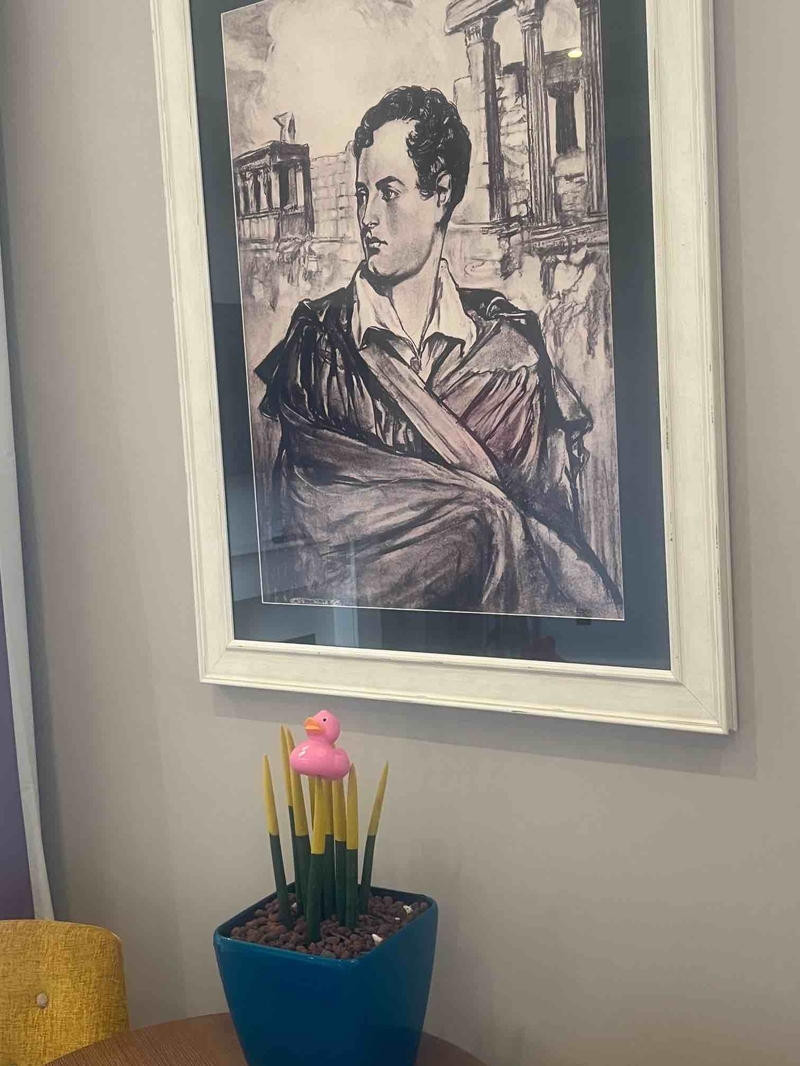
The hotel’s Byron connection (it is situated on Lord Byron’s Walk) is perhaps over-stated. The recent 200th anniversary of the poet turned Greek freedom-fighter’s death in Missolonghi was only desultorily commemorated. We toasted his portrait at dinner in the elegant dining room, where earlier we had arrived to a sumptuous cream tea. The evening meal was even better, matching the zen-like calm of the wellness operation. Plates that weren’t too busy, local crab and beef, subtle sauces. For a splash-out the wine list among the UK’s best.
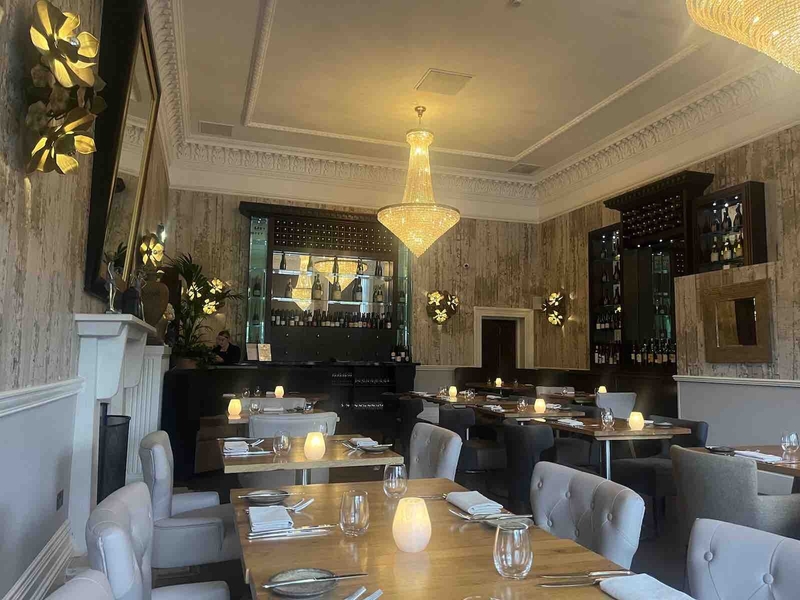

If the 5 Bubble-rated 44,000 sq ft Serenity Spa is your focus, chill after a treatment with Asian small plates in its own Ozone Restaurant. The modern complex is reached from the main hotel via a blue-lit tunnel with a replica elephant to greet you. Very James Bond villain’s hideaway. Only with smiling staff to greet you and the prospect of pork bao buns, ramen and soft-shell crab. I diverted to the pool room off the main hotel foyer. Pool as in green baize and coloured balls.
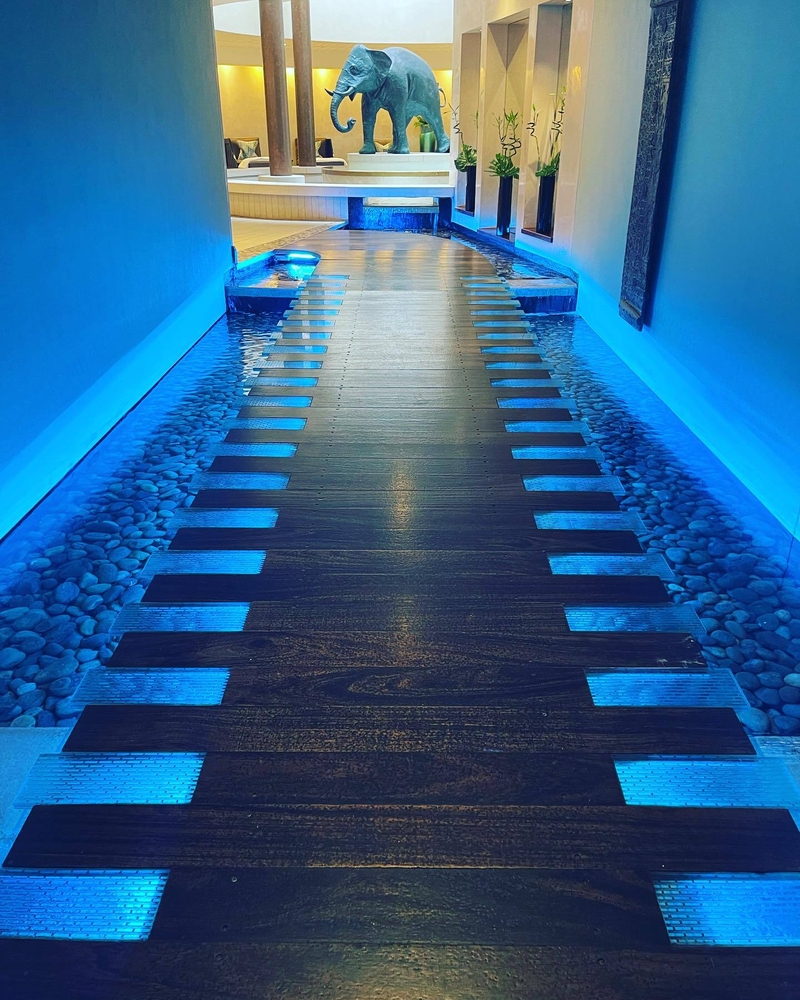
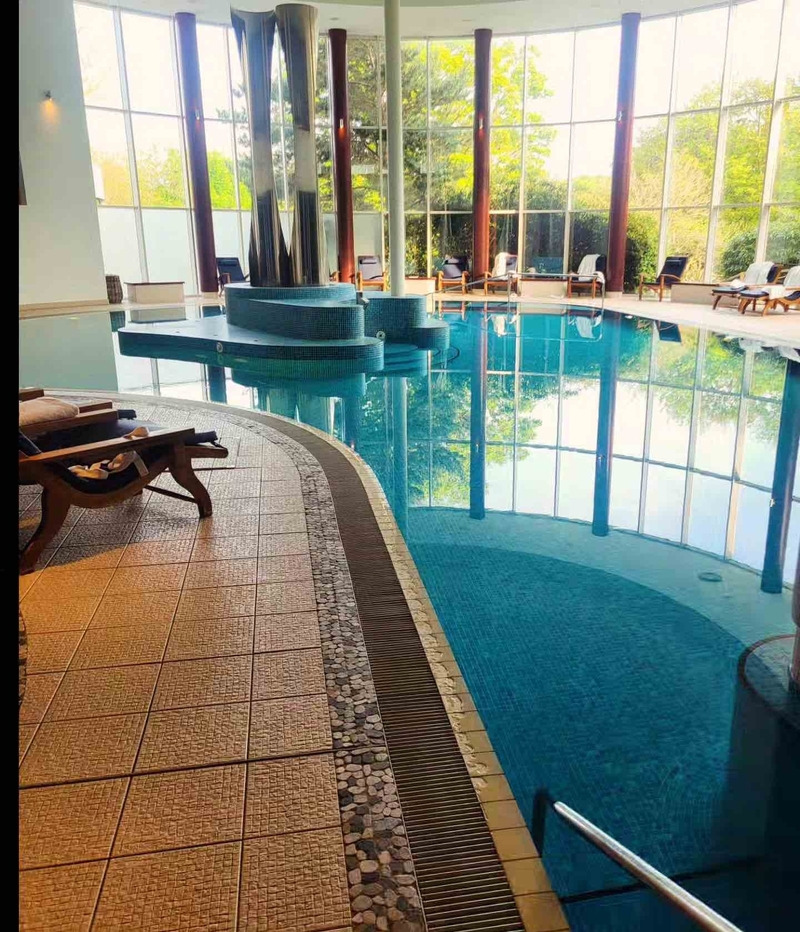
There are just 28 capacious suites, with a quirky flamboyance I loved. We placed our complimentary pink bath duck on a plant beneath our portrait of Byron. The next door suite, even vaster than ours is named after his daughter, Ada Lovelace, the only fruitful product of the union. She inherited her mother’s mathematical genius and became a pioneer of computer science.


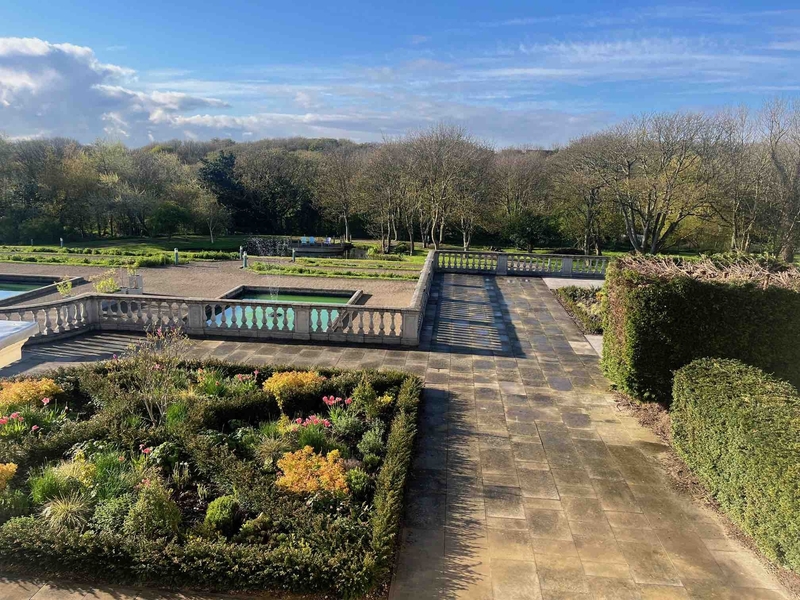
There are also new lodges being built in the 38 acres of grounds. We wandered past them on the path to Seaham Beach, where we persuaded one of the hunter-gatherers doing the ‘sea glass stoop’ to show us examples of this man-made glass discarded into the sea, then shaped by it. The abundance of it, in dazzling colours, is down to Seaham boasting Britain’s largest bottle works from the 1850s to 1921.

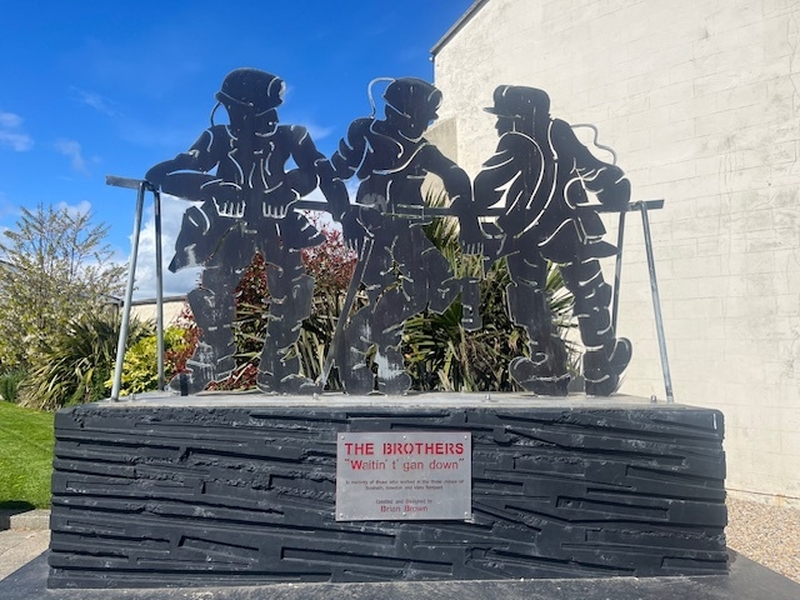
The dominant industry along this coast, though, was overwhelmingly coal mining. In Seaham town there’s a statue called ‘Three Brothers’ of a collier trio waiting to go down – representing its three pits, Dawden, Seaham and Vane Tempest, all long closed.
Near a roundabout, it plays second fiddle to ‘Tommy’ on bracing Terrace Green overlooking the Marina. This 9ft 5in rusty red steel homage to a resting Great War soldier was put up temporarily to mark the conflict’s 100th anniversary in 2014 and locals raised cash to make it a permanent fixture. A selfie magnet, its official title is 1101, referring to the first minute of peace as the Armistice came into force on at 11am on November 11 1918.
Head further south along the sea front and you are witness to the ‘Heritage Coast’ reclamation of a once blighted landscape.
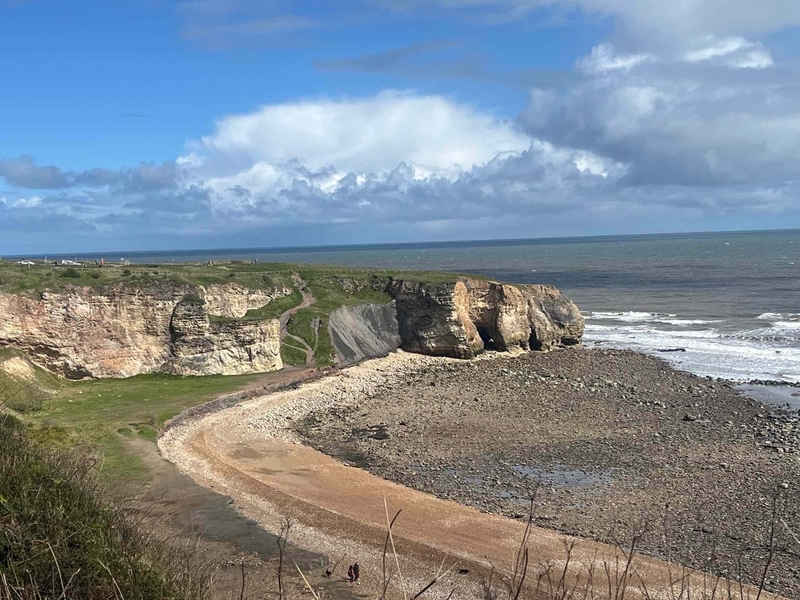
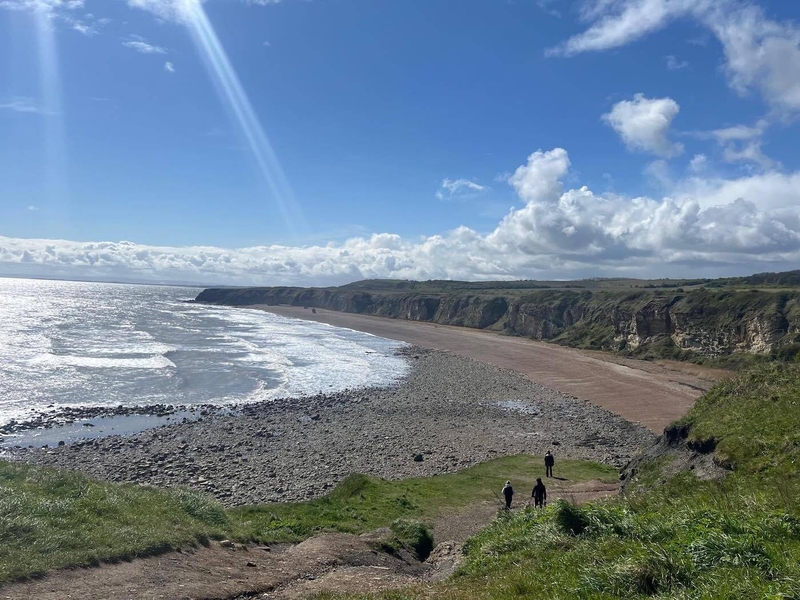
Still a way to go yet. Signs along the Durham Coastal Footpath warn you to avoid potentially toxic rockpools, notably on Chemical Beach. Still there’s so much to be positive about. We stayed on the clifftop, captivated by the wealth of plant life springing from the limestone bedrock. The track runs for 11 miles down to Crimdon; we merely skirted the gorse-garlanded length above Blast Beach.
It gets its name from early 19th century blast furnaces built for the production of pig iron, fuelled, of course, by the local coal, the slag being dumped on the strand. By 1865 the method was obsolete, but chemical and brick works continued the environmental degradation for decades. At Dawden colliery waste stretched 7km out into the North Sea. Location, location. It’s not hard to see why back in 1990 Blast Beach stood in for the planet Fiorina ‘Fury’ 161 in the opening sequences of Alien 3.
Enough extra-terrestrial activity. Afternoon tea with Lord Byron beckoned.
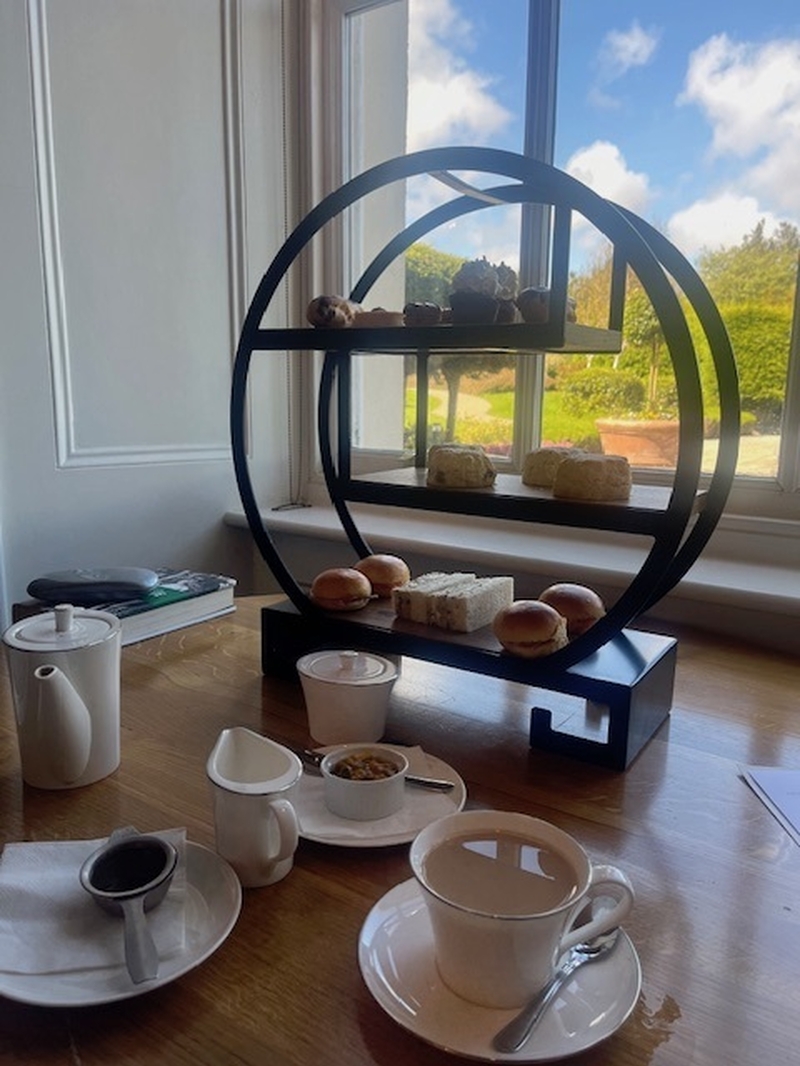
Fact file
Neil stayed at:
Hotel Indigo, 9 Old Elvet, Durham DH1 3HL.
Seaham Hall Hotel and Serenity Spa, Lord Byron’s Walk, Seaham SR7 7AG.
Park Head Hotel and Oak Room Restaurant, 13 Park View Terrace, New Coundon, Bishop Auckland DL14 8QB.
He travelled by rail to Durham with Transpennine Express and hired a car from Enterprise Rent-A-Car.
For full tourism details about this rewarding area check out the Visit Durham website.
Durham Cathedral is free to visit (a £5 donation is requested); Central Tower climbs cost £7.50 (on a clear day you can see the Angel of the North), the same price as entry to the Museum.
The Auckland Project. Book tickets/passes here.






